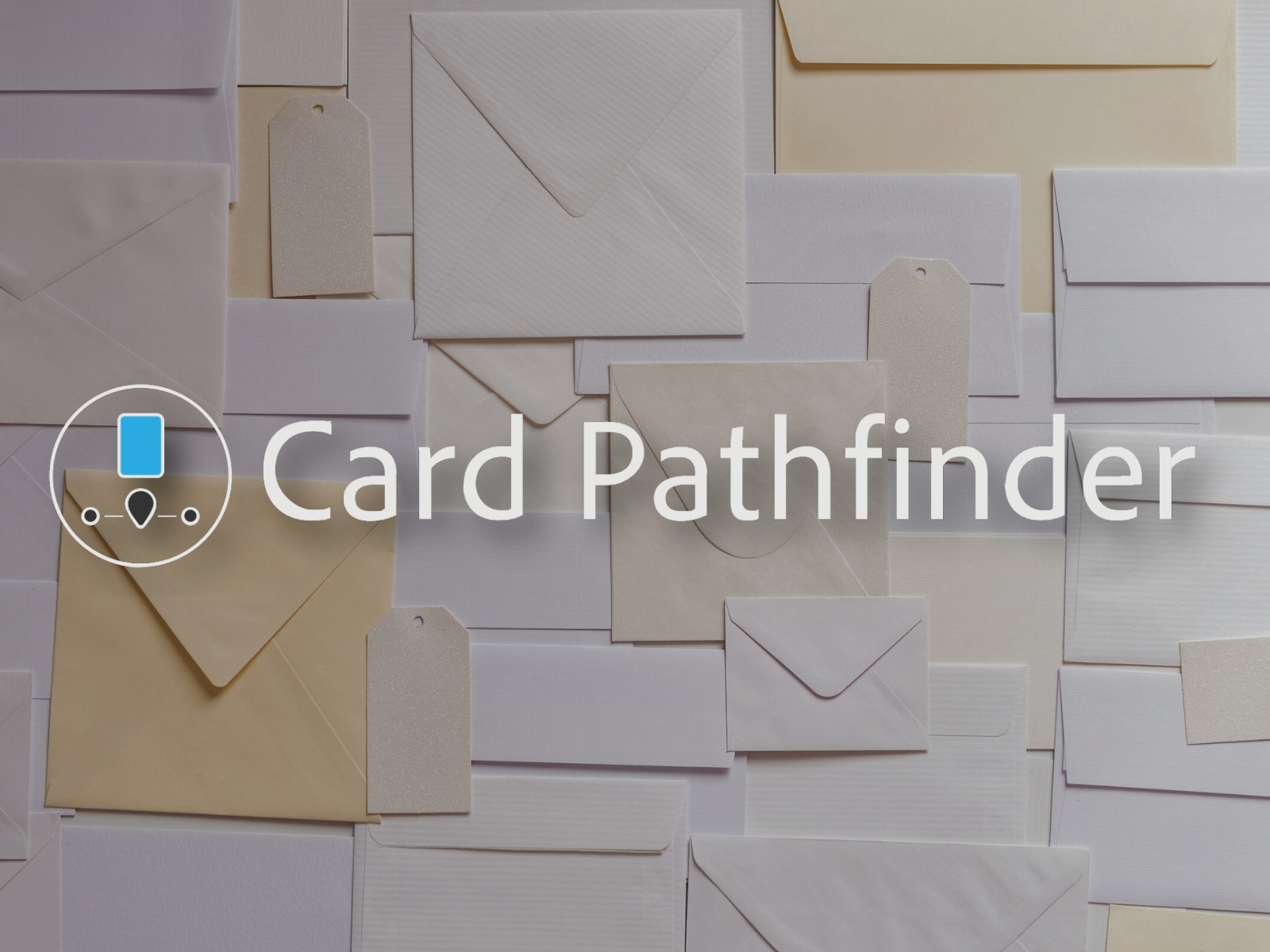Are you looking for an easy way to get into Modern? Do you want to punish greedy four and five-color decks? Do you want to have time to get food or relax between rounds? Play one of the fastest and most consistent decks around!
Modern Burn has been a Modern staple for years—and for good reason. Let’s explore this deck in closer detail so you can win with it and against it!
Why Play Burn in Modern?
Burn has been a staple of Modern for almost as long as the format has existed. The game plan is simple. Fire off as many spells that do direct damage to your opponent (“burn” spells) and win the game before they can do anything about it.
The deck is very consistent, since many of the spells are interchangeable, and even when Burn is less popular, opponents must fear and respect it or be at risk of a fast defeat. It’s a relatively cheap deck and should stay as a pillar of the format for years to come. Plus, the most expensive cards are lands, which can be used in other decks.
The optimal list has changed very little over the past decade. So, it’s a perfect way to come back to Modern or start playing for the first time.

Creatures
Monastery Swiftspear and Goblin Guide are the two best aggressive red creatures available and are capable of tons of damage if left unanswered. Hands with one of these are incredibly more powerful than those without a turn-one creature. If you have both, try to play Goblin Guide first, since it guarantees two points of damage on the first turn.
Eidolon of the Great Revel is a must-removal answer card for many decks, and will almost always do two damage when killed with a spell. You should play it on turn two if you have it unless there’s a must-kill creature in play on their side. Eidolon is slow, however, and does come out often on the draw and against decks where its ability isn’t relevant. Some Burn pilots have even cut the creature entirely in favor of more burn spells.

Burn Spells
Lightning Bolt, Lava Spike, Rift Bolt, and Skewer the Critics are the bread and butter of Burn, all doing three damage for only one mana. Lightning Bolt should usually be saved until as late as possible, as it’s an instant and can hit both players and creatures. Rift Bolt and Skewer the Critics should be prioritized first because of their restrictions.
Boros Charm can do an incredible four damage for two mana and can steal games out of nowhere. Lightning Helix can help race against other aggressive decks. Skullcrack prevents your opponent from surviving longer and should be saved as long as possible to answer any life gain.

Searing Blaze is possibly the best card you have against other creature decks, capable of killing something and doing three damage to the opponent.
Modern Boros Burn Sideboard Choices
Smash to Smithereens comes in against artifact decks like Affinity and Hammer, but can also answer opposing copies of Chalice of the Void. Deflecting Palm is lights out against Hammer and other decks trying to do large chunks of damage. Sanctifier en-Vec answers many graveyard decks, including the popular BR “Scam” Midrange and Dredge, and can slow down UR Murktide.

Roiling Vortex is a perfect foil to cascade decks, since casting the spell for free will cost your opponent five damage. It’s also very effective against control decks looking to draw out the game and as another way to prevent your opponent from gaining life. Searing Blood acts as another copy of Searing Blaze, doing only two damage to a creature but dealing three to the opponent if it dies, without needing landfall.
Path to Exile is a cheap answer to a creature you otherwise couldn’t interact with, like a Primeval Titan or opposing Sanctifier en-Vec. Wear // Tear is the deck’s only answer to Leyline of Sanctity, a card that’s otherwise very challenging to beat.
Tips and Tricks for Playing Boros Burn in Modern
One of the hardest decisions when piloting Burn is whether or not to kill the first creature your opponent casts. If you’re on the play and have a Searing Blaze, then the answer is obvious, but is it worth using a Lightning Bolt or Lightning Helix? If it generates a mana advantage, like Ragavan or a mana creature, then you should usually kill it, even if it takes one of your “premium” burn spells.
The cards that come in from the sideboard can be obvious, but what comes out? Eidolon of the Great Revel is much worse on the draw and against decks that don’t cast lots of cheap spells after turn two, like Amulet Titan and Tron. Searing Blaze comes out against decks with no creatures or creatures that three damage won’t kill.
Lightning Helix can be replaced when gaining life isn’t important, and Skullcrack if you know your opponent can’t gain life. Skewer the Critics and Rift Bolt are normally fine to trim since they have restrictions on how they can be played for one mana, and Rift Bolt especially can come out against opposing Teferi, Time Raveler Decks. The suspend trigger happens in your upkeep, and with a Teferi in play, it can’t be cast and just stays in exile.
Boros Charm is almost always going to just do four damage, but it does have two other modes that rarely come up. Giving your creatures indestructible is a good way to “counter” Supreme Verdict from UW Control or another sweeper, and giving a creature double strike can be enough to kill whatever troublesome creature it’s blocking or being blocked by in place of a removal spell.
It’s best to not crack your last fetchland while playing with Searing Blaze in your deck so if you draw a copy, you have a way to trigger landfall. In addition, its landfall clause will happen even on your opponent’s turn, so plan ahead if you think your opponent might play a creature.
Searing Blaze will still do one or three damage to your opponent, even if the creature it targets leaves play or otherwise becomes an illegal target. You do need a creature to target in the first place to cast the spell, though. Searing Blood will not do the three damage if the creature isn’t there or doesn’t die from the two damage.

Skullcrack prevents players from gaining life but also stops damage from being prevented. This means that a creature with protection from red will still take damage from a red creature in combat.

Deflecting Palm doesn’t target, so you can choose a creature with protection from red or white. It does prevent the damage, though, so it won’t work if someone cast a Skullcrack that turn.
Smash to Smithereens will always do three damage, even if the artifact is indestructible or regenerated, as long as the artifact is still on the battlefield as it resolves. If you’re just trying to get the last points of damage in, it might be counterintuitive but correct to target something that can’t be destroyed, like a Darksteel Citadel, so your opponent won’t be able to remove the target in response.
Roiling Vortex affects both players. If you cast a Rift Bolt from suspend with a Roiling Vortex out, you’ll take five damage. Keep that in mind!
It’s still possible to win the game through an opponent’s Leyline of Sanctity without Wear // Tear, albeit very difficult. Eidolon of the Great Revel, Roiling Vortex, Deflecting Palm, Searing Blood, and Smash to Smithereens still do damage to them, and you can target yourself with spells to trigger prowess for Monastery Swiftspear.
Mulligans and mana flooding are very bad when playing Burn. Almost every spell in the deck is focused on doing damage to the opponent in some way, so by starting with fewer cards you give your opponent extra time. It’s usually correct to keep a hand with only one land and several one-mana spells, and almost always correct to mulligan anything with more than three lands.
How to Beat Modern Boros Burn
So how does Burn lose? The easiest way is by not drawing well. Because the power level of every individual card is fairly low, every draw step becomes more important than the last, and many games are decided on one last burn spell before the opponent can gain some life or close out the game.
To beat Burn, the easiest answer is life gain, which is why Skullcrack and Roiling Vortex are so important. It can sometimes be enough to just bluff a Skullcrack to prevent your opponent from trying to gain life since you can respond to them. This gives you more time to find more burn spells and prevents your opponent from using their mana efficiently.
The other way to beat Burn is by winning the game by turn four, before the damage adds up, usually with something hard to interact with like a large creature. This is why Deflecting Palm is a popular sideboard choice, and why opposing decks need to respect it any time the Burn player has two mana available.
Without a way to counter Deflecting Palm, it ends the game against a big attack. Again, bluffing is an important aspect here and a good reason why sorceries should be prioritized. After holding open two mana, regardless of if you have the Deflecting Palm, instant speed burn can be fired off and the same thing can happen the next turn.
Burn is a great choice as a deck that will always be relevant, and is easy to pick up if you or someone you know wants to jump into Modern.


 Support us on
Support us on 
